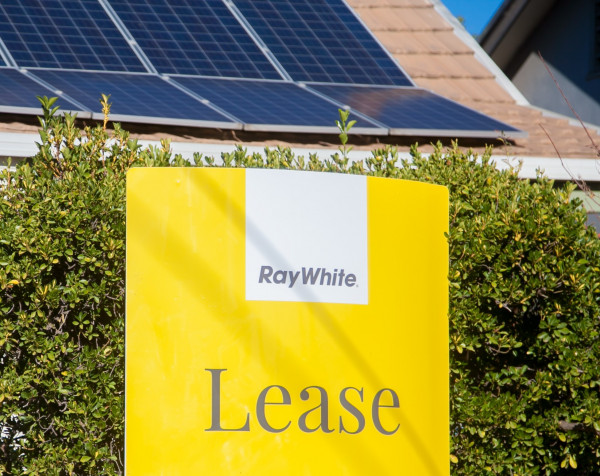RENTAL affordability in regional Victoria continues to rapidly decline, hitting a historic low in 2024.
Low-income earners are bearing the brunt of the crisis, according to the annual National Shelter-SGS Economics and Planning Rental Affordability Index.
The average rental household in regional Victoria paid 28 per cent of the gross income of $84,203 if renting at the median rate.
Data for the Swan Hill region was unavailable.
Renting in the regions was now classed as ‘moderately unaffordable’, with a score of 108.
People on low incomes are suffering the most, with a single person on JobSeeker facing ‘extremely unaffordable’ rents, with 59 per cent of their income going towards a rental.
Another group that struggled was single part-time workers on parent benefits with ‘severely unaffordable rents’, and sacrificing 46 per cent of their pay.
Meanwhile, single or coupled pensioners faced ‘unaffordable’ rents in regional Victoria.
Tenants Victoria chief executive Jennifer Beveridge said housing affordability remained a huge concern and renters continue to report steep rent hikes.
“Indeed, our services can’t meet the heavy demand from renters on low to middle incomes who seek our help,” she said. “Victoria’s rental laws there is no fixed method to calculate a rent rise, so we have long called for the State Government to introduce a fairness formula to guide the setting of fair rent increases.”
The trend of declining affordability is consistent across all parts of regional Victoria but at different levels.
While the Surf Coast and Geelong regions experienced some of the largest decreases in affordability between 2020 and 2021, Ocean Grove and Torquay are now considered ‘severely unaffordable’ to the average regional Victorian household. Coastal towns are among the least affordable regions in the state.
Rental affordability in regional cities such as Bendigo, Shepparton and Ballarat have continued to decline and are now considered ‘moderately unaffordable’ for the average household.
SGS Economics & Planning principal Ellen Witte said the rental market in Victoria was spiralling and what was once affordable is slipping out of reach for many.
“Households are being forced to live further away from their jobs to access affordable rents, causing fatigue and other issues in workers,” Ms Witte said.
“This is a severe problem which needs to be addressed by the government with an expansion in social and affordable housing before we have more people on the streets.
“Both state and federal governments need to provide urgent intervention.
“After reaching a peak during the COVID-19 pandemic, most regional areas in Victoria have seen a decline in affordability and people on low incomes are suffering the most.
“Families and pensioners are in dire straits.
“We need urgent rental market reform to ensure residents across the state have access to safe and affordable housing and remain in areas with access to essential services such as schools, hospitals and emergency services.”







